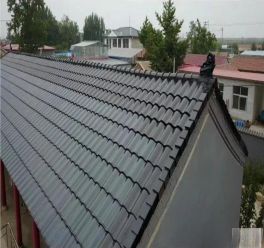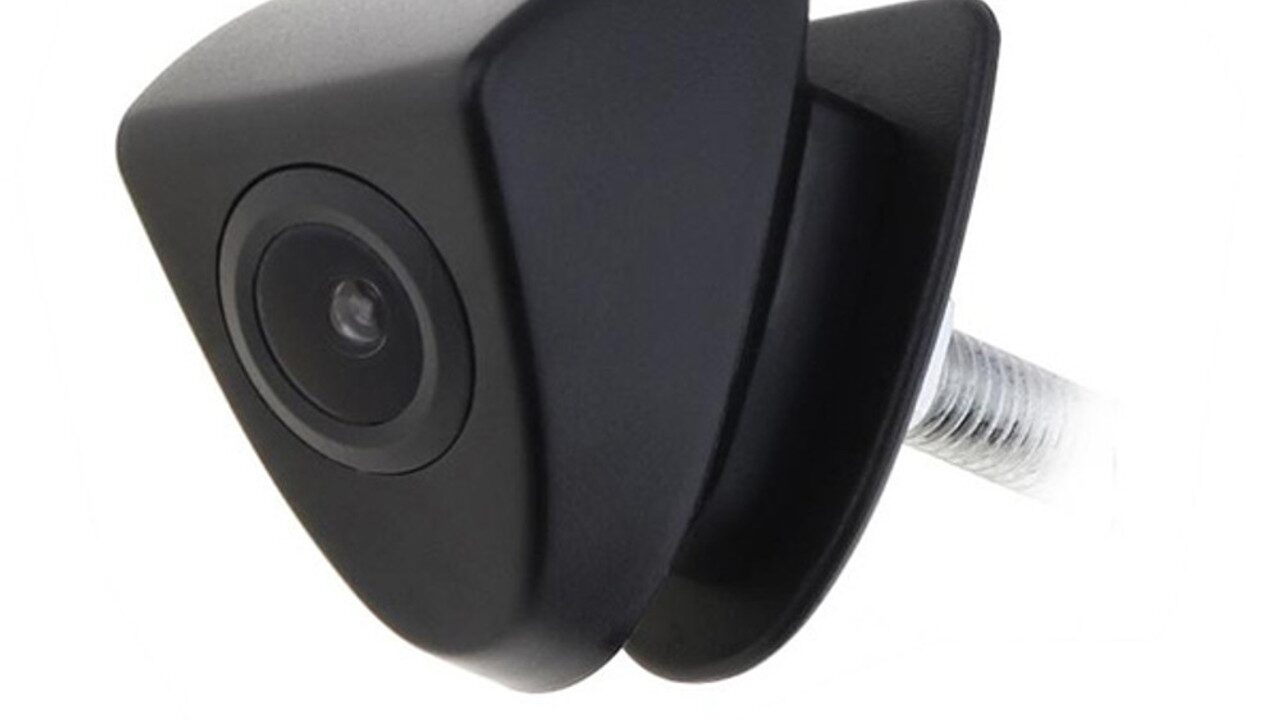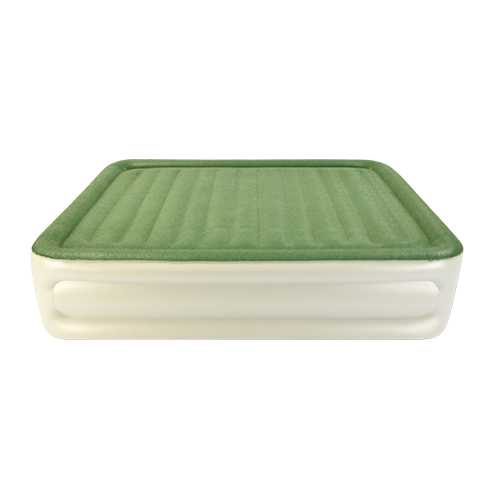The steps of sending a timed message in Potato chat are as follows: Open a chat window with the receiver. Enter the message you want to send. Press and hold the Send button to select the “Scheduled Send” option. Set the specific sending time, and then confirm the sending. In this way, the message will be automatically sent to the other party at the specified time.At the same time, potato下载 It is no longer a relatively unfamiliar industry, and it enters the public’s sight more and more frequently, gaining more attention and recognition. https://www.potote.com
Potato official website
Start using Potato timing message function
How to access and set timing messages
Open the chat window: First, select the contacts or groups you want to send timed messages in the downloaded application of Potato chat. Open the chat interface with this contact or group, and prepare to send a message.
Write a message: In the message input box, enter what you plan to send. This can be text messages, pictures or other supported multimedia formats.
Set scheduled sending: After writing the message, press and hold the send button on the right. A menu of options will pop up, which contains “Scheduled Send”. By selecting this option, you will be able to set the specific sending date and time. Select the date and time by scrolling, and then confirm the settings. The system will automatically send the message at the time you set.
Usage Scenarios and Advantages of Timing Messages
Birthday or anniversary blessing: With the timed message function, you can write and set the message to be sent on a specific date in advance to ensure that birthday or anniversary blessings can be sent on time even if you are busy or forget.
Work-related reminders: At work, regular messages can be used to remind yourself or colleagues of key information such as meeting time and project deadline. Doing so can avoid missing important events and increase work efficiency.
Cross-time zone communication: For users who need to communicate with people in different time zones, timed messages can ensure that your message is delivered at the right time of the other party and avoid disturbing them at an inappropriate time due to time difference.
Specific operation steps of timing message
Enter and prepare the message content to be sent.
Select the recipient: first, open the chat interface with the person or group you want to send a timed message in Potato chat. Make sure you have enough communication rights, such as being a member of a group or being accepted as a contact by the other party.
Write a message: At the bottom of the chat interface, you will find a text input box. Enter the message you want to send here. You can send text messages, emoticons, pictures or other supported file types.
Check the content of the message: Before sending it, carefully check the content of the message to make sure it is correct. This step is especially important, because once the timed message is set, you will not be able to edit the message content.
Select the transmission time and confirm the timing.
Select sending time: after entering the message, press and hold the send button at the bottom of the interface. A menu will appear, and you can select the “Scheduled Send” option. Later, you will be able to choose the date and time. Make sure to choose the right time and meet the specific time when you want the message to reach the other party.
Set time details: adjust the date and time by scrolling the selector. You can set any time from a few minutes to the next few days, weeks or even months. Time selection should consider the receiver’s time zone and possible receiving time.
Confirm and complete the setting: after selecting the date and time, click the “Set” or “Confirm” button to save the timing setting. The system will automatically save the message as scheduled. Potato chat will automatically send this message when the set time arrives.
Potato over the wall
Technical requirements and limitations of timing messages
Supported message types and size restrictions
Support for multiple message types: Potato chat supports sending various types of content through timed messages, including text, pictures, videos, files, etc. This enables users to flexibly use the timing function to adapt to different communication needs.
File size limit: Although Potato chat supports the sending of multiple file types, there is a limit on the file size of each type. For example, when sending videos or large files, you may need to be careful not to exceed the application’s size limit for a single file, which is usually clearly stated in the application’s help document.
Content format requirements: In order to ensure that messages are sent correctly, users need to follow specific format requirements when writing messages. For example, text messages should not contain some special characters, and pictures and video files should conform to the recommended resolution and format to avoid sending failure.
Availability of timing message function
Network connection requirements: Although the user can set the timing message when offline, to successfully send the timing message, the user’s device must be online and connected to the Internet at the scheduled time. If the device is offline at the set time, the message will be sent the next time it is online.
Application version requirements: The timed message function requires that the user’s Potato chat application must be the latest version. If you are using an older version, you may not be able to access or use the timed message function correctly.
Account status restriction: The user’s account status may also affect the use of timing messages. For example, if a user’s account is temporarily frozen due to security problems, even if a timed message has been set, it will not be sent at the scheduled time.
Potato
Solve common problems in timing messages
The reason why the timing message was not sent on time.
The device is not online: If the device is not connected to the Internet at the scheduled sending time, the timed message will not be sent. Ensure that the equipment has a stable network connection at the scheduled time.
The application is not running: Sometimes, if the Potato chat application is not running in the background, it may also cause the timing message not to be sent in time. Ensure that the application is active at the set sending time.
Incorrect system time setting: If the device’s system time setting is incorrect, the timing message may be sent at the wrong time or not at all. Check and make sure that the date and time of the device are set correctly.
Modify or cancel the set timing message.
Access to the draft message: In Potato chat, scheduled messages are usually saved in the draft box or displayed as unsent messages in the chat interface. Open the chat interface and find the timed message.
Modify the message content or time: click on the set timed message and select the modification option. Here you can change the content of the message or choose a new sending time. After adjustment, save the timing settings again.
Cancel scheduled sending: If you want to cancel the scheduled message, you also need to click the message, and then select the option to cancel scheduled sending. After confirming the cancellation, the message will not be sent at the original time.
Potato web edition
Timing message and privacy protection
How to ensure the security of timing messages
End-to-end encryption: Make sure that the communication application such as Potato chat supports end-to-end encryption. This encryption technology ensures that only the sender and the receiver can read the message content, and the server can’t access the plaintext content of the message even during the scheduled sending of the message.
Use a secure network connection: When sending timed messages, using a secure network connection is the key. Avoid sending important or sensitive information under public wireless networks, because public networks may be more vulnerable to man-in-the-middle attacks.
Update the application regularly: keep the latest version of Potato chat application to ensure that it contains the latest security fixes and updates. Developers constantly update applications to fix possible security vulnerabilities and help protect your information security.
Influence of timing message on user privacy
Data storage and access: When setting a timed message, your message content will be stored on the server until the scheduled sending time is reached. It is very important to understand the application’s data storage policy and make sure that it meets your privacy expectations.
User control right: once the timed message is set, even if the message has not been sent, the user’s control ability on the message is limited. For example, if you need to recall or modify a message, it may be limited by the application function.
Transparency and user consent: When using the timed message function, the application should provide a transparent privacy policy, clearly stating how to handle these messages and whether to allow users to fully control their information. Users should be aware of these policies and make a decision on whether to use the timed message function.








